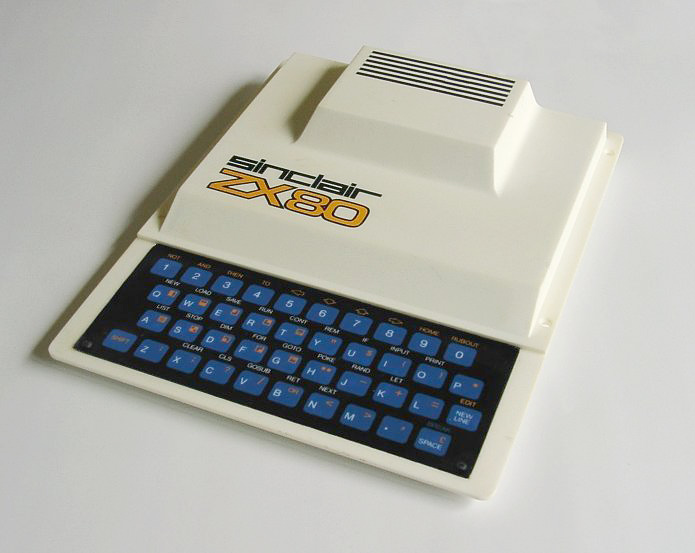- Posted Jan. 26, 2014, 8 a.m. - 11 years, 6 months ago
A Look at the Sinclair ZX80

1980 bought us the Sinclair ZX80, offering the first computer with a price tag of less than £100, made by Science of Cambridge Limited, (Sinclair Research). Proving hugely popular, the ZX80 weighed in at just 340 grams, and was small enough to carry in a briefcase measuring just 21 x 17 x 5cm. The price of £99.95 opened up the market completely, with more people now able to afford a home computer resulting in over 50,000 unit sales and a waiting list for the ZX80 of several months.
Designed by Jim Westwood, Sinclair’s Chief Engineer, the ZX80 was hailed as a remarkable device by BYTE at the time, it had the ability to outperform many of its competitors, and yet was built using readily available components. Taking a mere nine months to develop, the ZX80 consisted of a Z80 CPU with 1K of RAM, with an additional external RAM pack later available to expand the memory to 16K. The machine featured the Sinclair BASIC operating system and had 4 kB of ROM, it could be connected to buyer’s own televisions, with a cassette recorder providing for program storage.
The ZX80 was also available to users in kit form for the reduced price of £79.95 for those with an interest in building their own computer, with good soldering skills essential.
The appearance of the ZX80 was the design work of Rick Dickinson, featuring a white case with the distinctive blue keyboard which included the word Newline instead of Enter. Whilst there appears to be several ventilation slots in the unit, these were just black stripes added for cosmetic purposes. The lack of ventilation would see overheating a common problem that developed in these machines.
Closely followed by the release in 1981 of the ZX81, and the ZX Spectrum in 1982, an example of the ZX80 can be found at the Science Museum in London, featuring in the Making of the Modern World collection, reflecting the significance of the machine in home computing history in terms of a low cost yet high performance personal computer.
Image Credit: http://bit.ly/1aM0vAO
Latest Articles
-
Our latest testimonial for Infix 6
Dec. 19, 2016, 2:40 p.m. -
Most commonly translated Turkish words
Feb. 6, 2015, 9 a.m. -
Merry Christmas & A Happy New Year
Dec. 25, 2016, 8 a.m. -
New Save PDF to SVG feature introduced to Spire.Office
Dec. 23, 2016, 11:54 a.m. -
Editing educational PDFs – a user perspective
July 21, 2014, 8:03 a.m.


